Trigunas are the three fundamental qualities that compose all of nature and shape human experience in Hindu philosophy. These qualities: Sattva, Rajas, and Tamas, originate from prakriti, the primal matter from which both the material world and psychological states arise. Sattva represents purity, clarity, and harmony. Rajas stands for activity, passion, and movement. Tamas embodies inertia, darkness, and ignorance. Every living being and object contains all three in varying proportions, and their interplay determines personality, behavior, and mental states.
The concept of trigunas is central to the Sankhya and Yoga traditions, as well as Ayurveda, where understanding and balancing these qualities is essential for physical and mental well-being. The Bhagavad Gita explains that these gunas bind the soul to the body and the cycle of birth and rebirth. Spiritual progress involves recognizing and transcending the influence of the gunas, especially by cultivating sattva and reducing rajas and tamas. This framework helps explain the diversity of human nature and offers practical guidance for personal growth and self-realization.
Sattva: Purity, Knowledge & Harmony
Sattva is the quality of purity, clarity, and harmony. It brings lightness, wisdom, and balance to the mind and body. When sattva predominates, a person experiences calmness, discernment, and a natural inclination toward truth and compassion. This state fosters clear thinking, self-control, and a deep sense of inner peace.
Sattva supports the pursuit of knowledge, ethical living, and spiritual growth. It manifests as honesty, kindness, humility, and contentment. Diet, lifestyle, and environment influence sattva; fresh foods, meditation, and uplifting surroundings nurture it, while negativity and excess diminish it.
Cultivating sattva is essential for personal transformation. It helps individuals rise above confusion and impatience, leading to greater understanding and harmony with oneself and the world. Sattva serves as the foundation for higher consciousness and lasting well-being.
Rajas: Passion, Activity & Desire
Rajas is the quality of passion, energy, and activity. It drives movement, ambition, and desire, fueling creativity and the pursuit of goals. When rajas dominates, individuals become dynamic, motivated, and action-oriented, seeking achievement and change.
This quality is essential for progress and innovation, but excess rajas can lead to restlessness, impatience, and attachment to outcomes. It often manifests as competitiveness, strong emotions, and a constant search for stimulation or recognition.
Balancing rajas involves channeling its energy toward constructive actions while maintaining self-awareness and restraint. When harmonized with sattva, rajas can inspire purposeful action without agitation. Managing rajas is key to avoiding burnout and maintaining inner stability, allowing for growth and fulfillment without losing clarity or peace.
Tamas: Ignorance, Inertia & Darkness
Tamas is the quality of inertia, ignorance, and darkness. It brings heaviness, confusion, and resistance to change, often resulting in lethargy, apathy, and lack of motivation. When tamas dominates, individuals may feel stuck, disinterested, or clouded in judgment, leading to inaction or destructive habits.
This quality can manifest as procrastination, dullness, and a tendency to avoid responsibility or self-reflection. Tamas is necessary for rest and stability but becomes problematic when excessive, as it obstructs growth and awareness.
Reducing tamas involves cultivating clarity, purposeful activity, and positive influences. Practices that increase lightness, such as engaging in learning, maintaining a clean environment, and pursuing uplifting relationships, help counteract tamas. Balancing this quality is essential for breaking cycles of ignorance and moving toward greater understanding and vitality.
Trigunas in the Bhagavad Gita & Upanishads
The Bhagavad Gita presents the Trigunas: Sattva, Rajas, and Tamas, as the foundational energies shaping every aspect of human behavior and consciousness. Bhagwan Krishna teaches that these qualities emerge from prakriti, the primal nature, and act as invisible threads binding the soul to the ongoing cycle of birth, death, and rebirth. Sattva embodies purity and wisdom, fostering clarity, harmony, and spiritual insight. Rajas ignites passion, ambition, and desire, propelling individuals into action but often leading to unrest and dissatisfaction. Tamas represents inertia, ignorance, and darkness, manifesting as confusion, lethargy, and resistance to growth.
The Gita emphasizes the importance of self-awareness and disciplined living as the means to nurture sattva and gradually transcend the binding influence of all three gunas. Through conscious choices, ethical action, and spiritual practice, a seeker can rise above the fluctuations of the mind and move steadily toward liberation, or moksha.
The Upanishads echo and deepen this understanding, describing the trigunas as the essential building blocks of both mind and matter. These ancient texts highlight how the interplay of sattva, rajas, and tamas generates the immense diversity found in nature and shapes the unique individuality of each person. The Upanishads encourage recognizing and observing these qualities within oneself, cultivating sattva through knowledge, meditation, and ethical living, and ultimately realizing the true self, the atman, which exists beyond the influence of all gunas. This realization marks the path to spiritual freedom, where one attains lasting peace, self-mastery, and unity with the ultimate reality.
How the Trigunas Affect Mind, Emotions & Actions
The trigunas; sattva, rajas, and tamas, profoundly shape the mind, emotions, and actions by influencing psychological tendencies and behavioral patterns. Sattva brings clarity, wisdom, and emotional stability, fostering calmness, empathy, and a positive outlook. When sattva predominates, individuals experience mental clarity, happiness, and a balanced state of mind, making it ideal for emotional resilience and self-awareness.
Rajas drives ambition, passion, and activity. It fuels motivation, competitiveness, and the pursuit of goals but can also lead to restlessness, anxiety, and emotional turbulence when excessive. A rajasic mind is often marked by impatience and a constant need for stimulation, which can result in stress and difficulty relaxing.
While Tamas is necessary for rest and recovery, excessive amounts can lead to lethargy, apathy, and withdrawal from life. It can manifest as depression, lack of motivation, and mental dullness, making it difficult to engage with the world or pursue meaningful activities.
Optimal mental and emotional health relies on balancing these three qualities. Cultivating sattva while managing rajas and reducing tamas supports clarity, emotional well-being, and purposeful action. This balance enables individuals to respond to life’s challenges with resilience, maintain healthy relationships, and achieve personal growth.
Tips to Cultivate Sattva & Reduce Rajas/Tamas
To cultivate sattva and reduce rajas and tamas, focus on conscious choices in diet, lifestyle, and mindset. Favor fresh, organic, and light vegetarian foods like fruits, vegetables, whole grains, and nuts. Use ghee for cooking and avoid processed, canned, or chemically preserved foods, as these increase tamas. Limit stimulants such as caffeine, fried and spicy foods, which elevate rajas.
Incorporate daily physical activity, but avoid overexertion. Gentle yoga, mindful movement, and regular walks help channel rajasic energy positively and counteract tamas. Meditation, pranayama, and practices like mantra chanting foster inner calm and clarity, enhancing sattva.
Maintain a balanced routine with adequate rest, rising early and going to bed early to align with natural rhythms. Practice gratitude and self-reflection to reduce impatience and discontent. Create a peaceful environment, surround yourself with uplifting influences, and engage in creative or spiritual activities.
Avoid oversleeping, inactivity, and negative environments, as these promote tamas. Manage rajas by limiting excessive work, sensory overload, and material pursuits. Prioritize simplicity, ethical living, and self-discipline to nurture a sattvic mind and lifestyle.
Wearing or meditating with Rudraksha calms the mind, reduces stress, and fosters clarity, which helps counteract the agitation of rajas and the inertia of tamas. Incorporating Rudraksha into daily spiritual practices complements dietary, physical, and mental habits aimed at nurturing sattva, making it a valuable addition for those seeking balance and inner harmony.
Remarkably, regular wearing of Rudraksha can gradually lead to a more sattvic lifestyle even if one continues to follow rajasic or tamasic habits or finds it difficult to overcome them, supporting the shift toward purity and inner peace regardless of current tendencies.
Avail Free or Paid Rudraksha Consultation
Triguna in Daily Life: Food, Behavior & Thoughts
Triguna shapes every aspect of daily life, subtly influencing our choices, actions, and mindset. The foods we select are a direct reflection of these qualities. Sattvic foods such as fresh fruits, crisp vegetables, wholesome grains, and nuts, nourish the body and uplift the mind, fostering clarity, tranquility, and sustained energy. Meals prepared with care and consumed mindfully further enhance this sense of balance and inner peace.
Rajasic foods, such as spicy dishes, fried snacks, and caffeinated drinks, spark drive and ambition. They energize and push us into action, but when consumed excessively, can leave us feeling restless, agitated, or easily distracted. In contrast, tamasic foods such as stale, processed, or overly heavy meals, dull the senses, drain vitality, and encourage lethargy, making it harder to stay motivated or clear-headed.
Our behaviors echo these same patterns. Sattvic actions; marked by honesty, compassion, and self-restraint, build trust, deepen relationships, and create harmonious environments. When rajas prevails, behavior becomes ambitious, competitive, and sometimes impulsive, fueling achievement but also tension or conflict if not balanced. Tamas surfaces in procrastination, neglect, and avoidance, leading to stagnation and a sense of disconnection from purpose.
Thoughts, too, carry the signature of the gunas. Sattvic thinking is clear, optimistic, and oriented toward growth and understanding, creating a fertile ground for insight and creativity. Rajasic thoughts are restless, scattered, and driven by desire or anxiety, while tamasic thoughts are clouded, pessimistic, and resistant to change.
Recognizing the influence of triguna empowers conscious choices. By favoring sattvic foods, nurturing positive habits, and cultivating uplifting thoughts, it becomes possible to create a life rooted in well-being, clarity, and purposeful action.
Conclusion: Achieving Inner Balance
Achieving inner balance requires conscious awareness of the trigunas and their influence on daily life. By intentionally cultivating sattva through mindful choices in food, behavior, and thought, individuals foster clarity, resilience, and emotional stability. Managing rajas and tamas prevents the extremes of restlessness and inertia, allowing for steady progress and a harmonious state of mind.
This balanced approach supports personal growth, ethical living, and authentic well-being. It empowers individuals to respond thoughtfully to challenges, maintain healthy relationships, and pursue higher goals without losing inner peace. Integrating the wisdom of the trigunas into modern life offers a practical path to lasting fulfillment and self-mastery.


-in-Astrology.jpg)
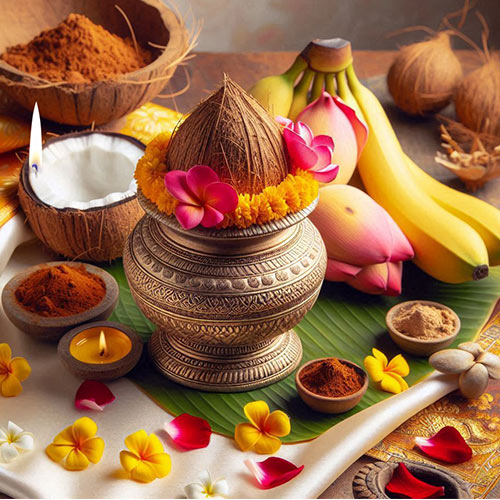


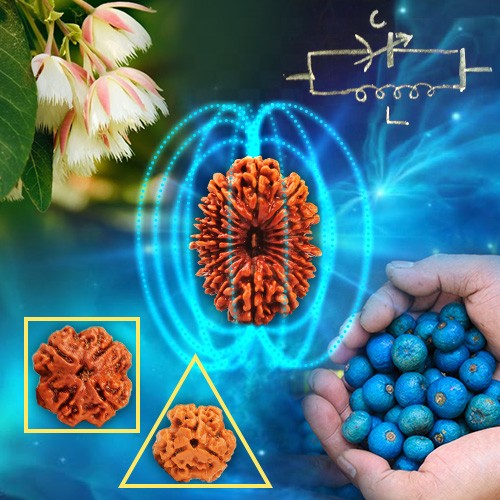

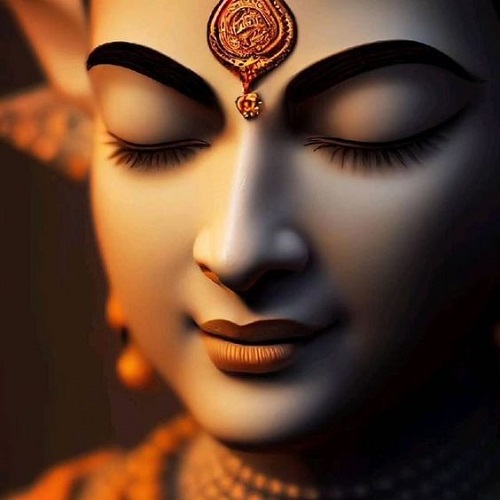
.jpg)
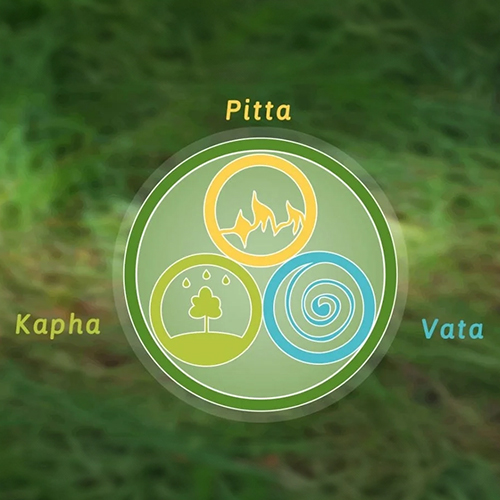

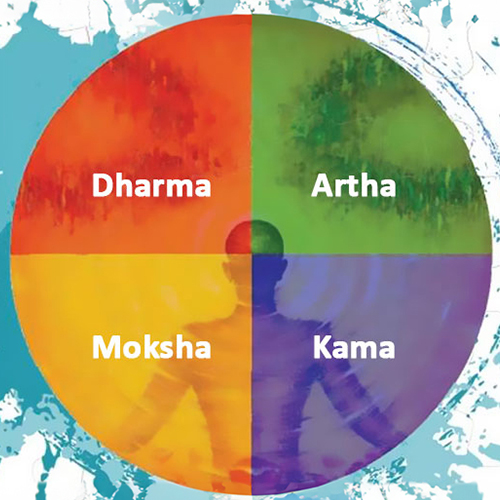
Comments 0
Leave your thought here